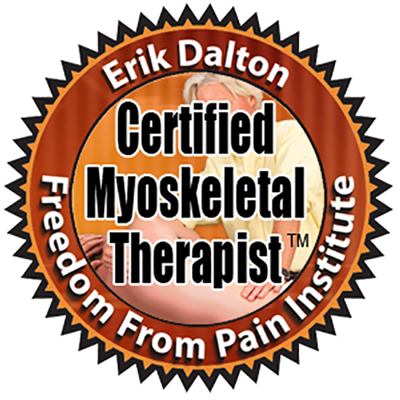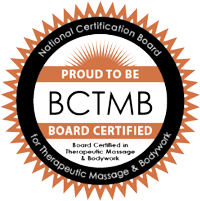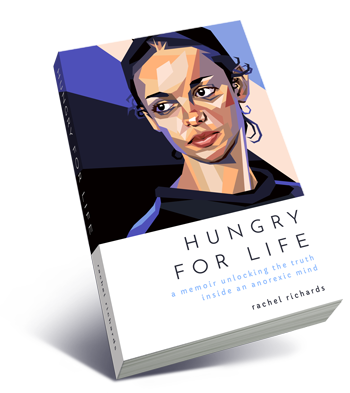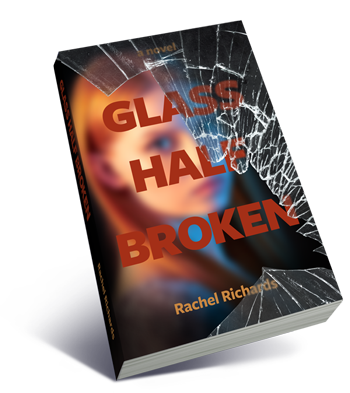News: May 2025
Can You Think Away Your Pain?
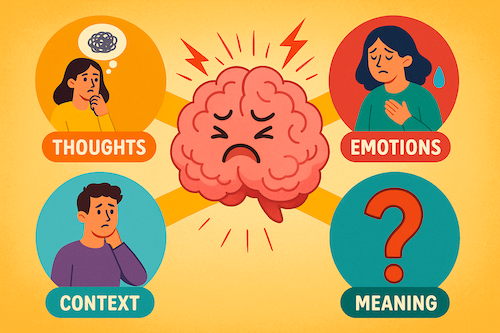 You might be surprised to learn that the brain does not receive pain signals from the body. Rather, pain is always an output of the brain. There are no such things as pain sensors or pain pathways to the brain. The brain receives stimuli and decides how to proceed. If the brain perceives these messages as dangerous or threatening, it will alert you by producing pain sensations in the body.
You might be surprised to learn that the brain does not receive pain signals from the body. Rather, pain is always an output of the brain. There are no such things as pain sensors or pain pathways to the brain. The brain receives stimuli and decides how to proceed. If the brain perceives these messages as dangerous or threatening, it will alert you by producing pain sensations in the body.
So if pain is in the brain, shouldn't we be able to think our way out of pain? Unfortunately, it's not that easy. We are not in control of our brains, for critical evolutionary reasons. Our survival is top priority. We can, however, take steps to influence our brains, thereby altering our pain experience.
There are, of course, ways to decrease our vulnerability to pain, such as getting enough quality sleep, staying hydrated, reducing anxiety or depression, eating a balanced diet, and exercising. But can we also alter our actual pain perception?
The brain will often send pain messages even when there is no real bodily damage. This is especially common with chronic pain. Professor of Clinical Neurosciences Lorimer Moseley explains, "The longer you have pain, the better your spinal cord gets at producing danger messages to [the] brain, even if there is no danger in the tissue." The key, then, is to convince the brain that it's okay to turn down the alarm system.
This is NOT to say that pain is "all in your head." Pain is extremely complex and multifaceted. But since pain is strongly modulated by the central nervous system, let's explore what influence, if any, we might have over the psychological aspect of chronic pain.
We must remember how strongly pain is influenced by our thoughts, emotions, context, and the meaning we assign to it. In an excellent book about stress called Why Zebras Don't Get Ulcers, author Robert M. Sapolsky writes, "What is surprising is how malleable pain signals are - how readily the intensity of a pain signal is changed by the sensations, feelings, and thoughts that coincide with the pain ... The brain is not a mindless pain-ometer, simply measuring units of ouchness."
We might therefore change our pain by changing our mental state. Easier said than done, but certainly worth a try. In his article "How chronic pain has made me happier," Rob Heaton writes, "Whilst the problem is superficially a physical one, the real challenges faced by someone with chronic pain are mental. Mental state is the biggest modulator of physical pain. Things hurt more when you're stressed or sad, and the increased pain makes you both stressed and sad. The way out of this vicious circle is a wholesale change to how you perceive fear, suffering and setbacks."
But most people can't just alter their mental state at will. That's why my next newsletter will offer practical suggestions to help give your brain a nudge and turn down the pain volume!
Source: PainScience.com
How to Stay Calm in a Crazy World
Learn how to free yourself from the chaos of life. Watch this enlightening and transformative conversation on how to stay healthy, centered, calm, and clear minded in stressful situations. In this video, I'm interviewed by depth psychologist Lila Eslinger for her global summit, Finding Freedom in Chaos When Navigating the Unknown. Find equanimity and resilience with self-massage. Guided self-massage included!
What's new with me ...
Jesse, Sienna, and I had a wonderful spring-break trip to visit family in North Carolina. Sienna's favorite part was an indoor waterpark, complete with a whirlpool, lazy river, sprinklers, slides, and basketball hoops!
Happy Mother's Day!

Call or text me today
917-359-8641
I'd be happy to answer
any questions you have!
Massage@Rachel-Richards.com
Subscribe to my Youtube channel!
Did you know?


